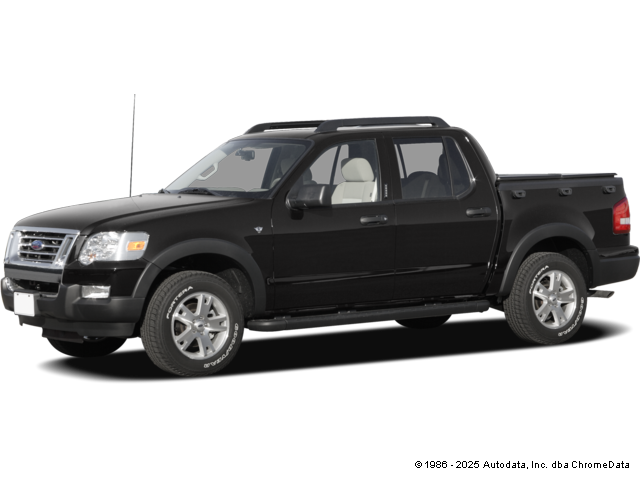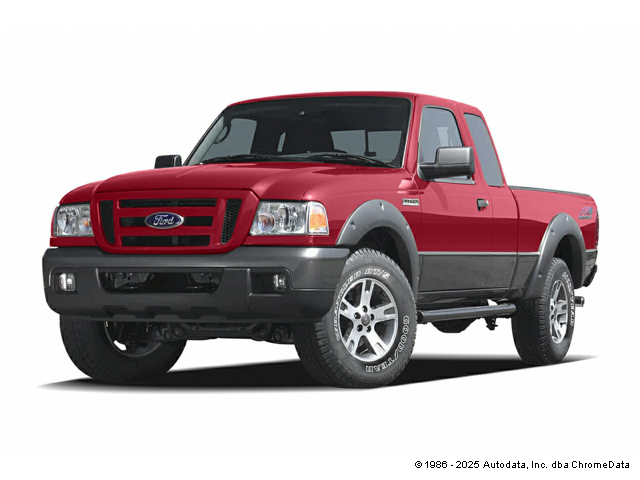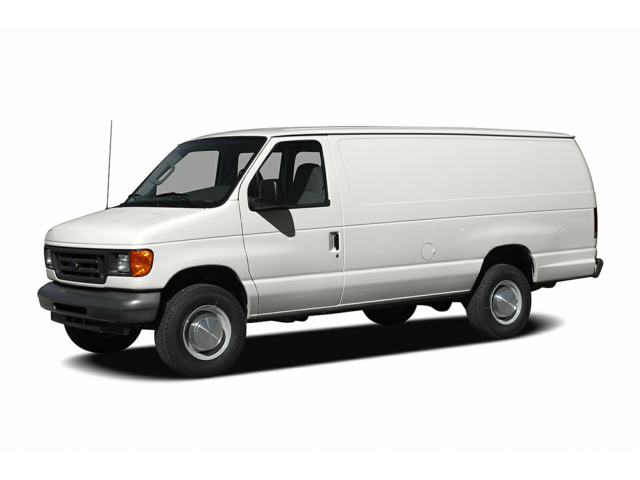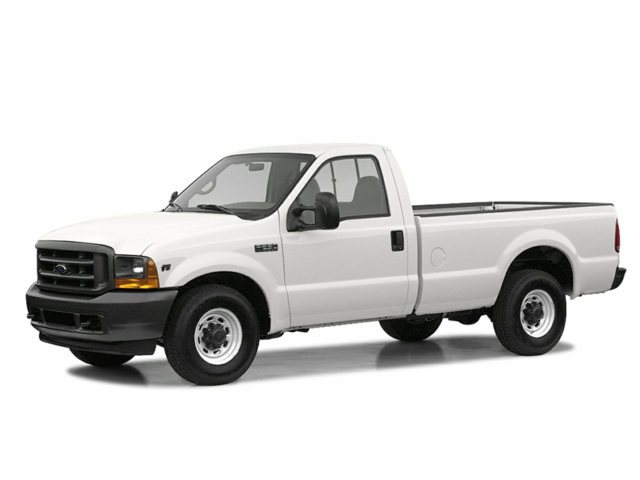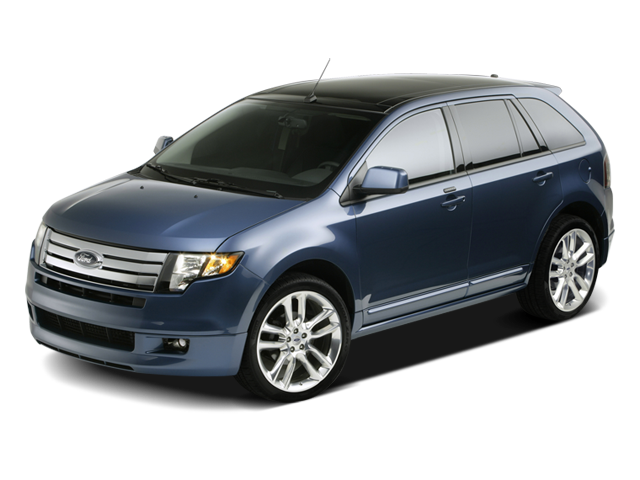Services Performed
- Check the vehicles under hood fluid levels and remove the oil fill cap and breather assemblies (where applicable) Remove the vehicles engine oil drain plug, and drain the contents of the engines oil pan or sump. Remove the filter assembly and clean the sealing surfaces of the housing for reinstallation. On cartridge equipd vehicles, replace the housing O rings and clean the debris from the housing and relief valves. Lubricate the O rings on the housing and or the filter assembly and replace the filter or element. Clean and inspect the oil drain plug gasket, and check the threads in the engines oil pan. Torque the plug to the manufacturers specification using a new gasket where required. Clean the grease zerks to remove debris, and lubricate all accessible fittings on the vehicles steering, suspension, driveline and chassis components. Check and or set the tire pressures and relearn the TPMS system where required. Fill the engine with the manufactures specified type, grade, and viscosity engine oil and verify level after purging the new filter. Check and or top off all low fluid levels and reset the maintenance reminder system where applicable. Note. Some vehicles maintenance reminders do not take on initial reset. If your maintenance light happens to come on following an oil service, please give us a call so we can correct it.
- Drain the engine coolant and flush the system in both directions with water to remove sediment. Forward and reverse flush radiator, heater core, heater control valve, and engine block. Remove the vehicles overflow container and wash out debris where necessary, and fill the reservoir to capacity with new engine coolant Remove any components that interfere with the removal of the thermostat housing. Remove the thermostat housing and clean any remaining gasket material from both the water outlet, and sealing surface on the engine. Remove the thermostat from the engine, and clean the mating surface where the thermostat housing is positioned to ensure a proper seal is achieved. Install a new thermostat and gasket and position the thermostat housing back into position. Tighten all hardware to manufacturer specifications and reinstall all previously removed components back to original locations. Top off the cooling system to capacity with specified amount and type of new engine coolant. Run the engine to circulate the coolant checking the freeze point and acidity to insure a proper mixture is in the system. Run the engine to operating temperature and purge air from the system. Install the data scanner and remove any fault codes associated with the thermostat issue. Monitor the data during warm up, and verify that the electric cooling fans are operating within their specified temperature range. Check system for leaks and road test. NOTE: If the system develops an air pocket, the coolant level may decrease slightly causing a warning lamp, and or fluctuations in heat output. If this occurs, the customer should return to have the system topped off.
- Drain the engine coolant and flush the system in both directions with water to remove sediment. Hook the flush equipment to the vehicles cooling system and forward and reverse flush the heater core, heater control valve and engine block. Remove the vehicles overflow container and wash out debris where required. Reinstall the overflow and top off the tank to capacity with the specified type of new engine coolant. Remove vehicles front shields, cables and harnesses to access the radiator components. Remove the fan shroud and or mechanical or electric fan assemblies and modules. Remove the radiator supporting brackets and mounts and loosen the condenser mounts if equipped with air conditioning. Remove the upper and lower radiator hoses and transmission / engine oil coolers if applicable. Remove the radiator assembly and drain the radiators contents. Clean the condenser fins to remove debris, and straighten as required. Install a new radiator drain in the new unit and insta
Donald H. gave our service a 5 star review on 11/20/2019
